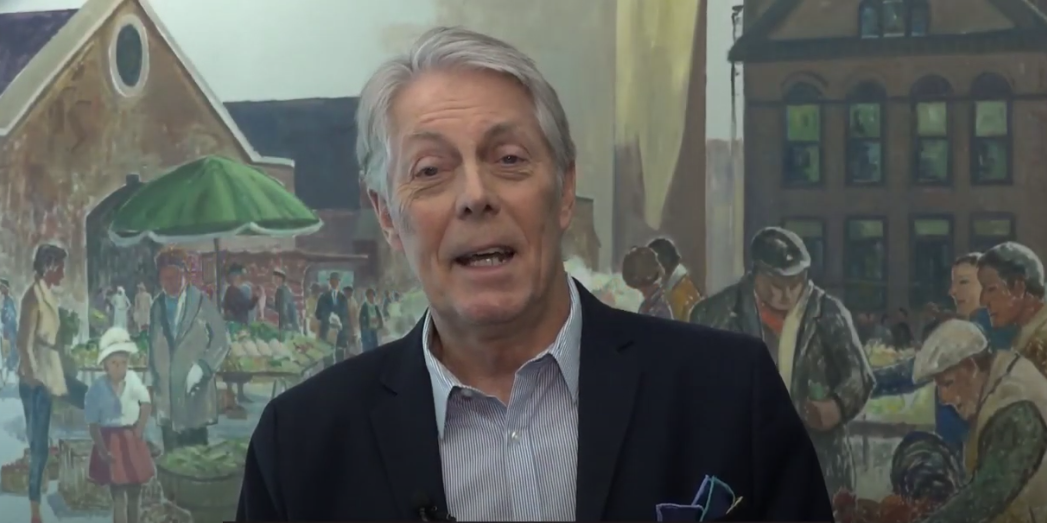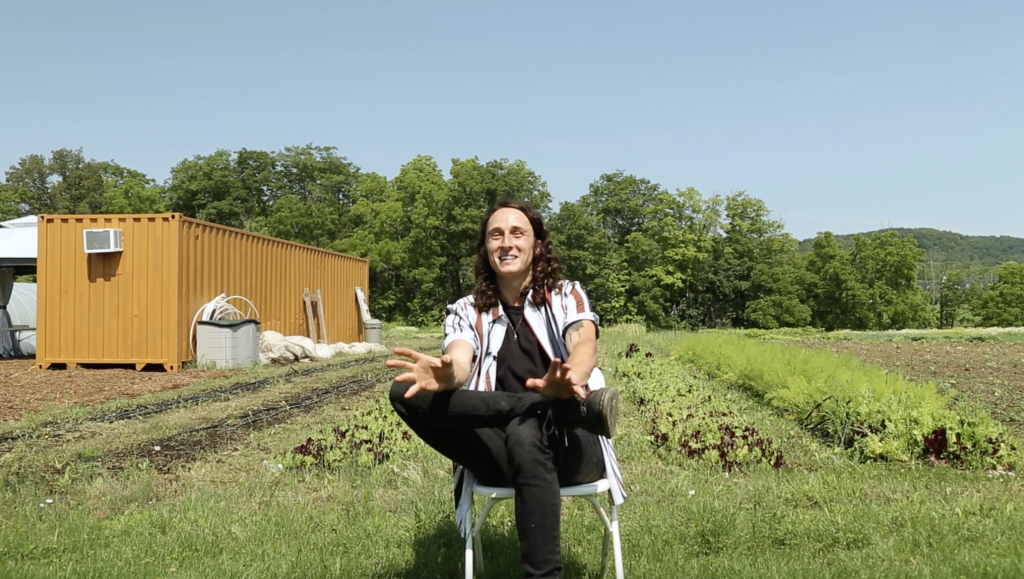Hamilton city employees’ vaccination requirement may stay, mayor suggests
Published February 22, 2022 at 10:36 pm

While some general COVID-19 protections are ending in Ontario, Hamilton’s incoming vaccine verification policy for municipal employees could stick around.
Hamilton Mayor Fred Eisenberger did not take a hard line during a COVID-19 media briefing on Tuesday when asked about the policy, in the context of the province’s intended March 1 target date for removing indoor capacity limits and proof-of-vaccination requirements. Last month, Hamilton’s elected leadership voted 12-2 to give more than 450 City of Hamilton employees who had not confirmed vaccination status (as of Jan. 12) until May 31 to get the requisite two doses, or be terminated.
Eisenberger tied vaccine verification to the city’s capacity to provide services, and was backed up on that by Dr. Elizabeth Richardson, who is Hamilton’s medical officer of health.
“We’re committed to maintaining a safe and healthy workplace,” Eisenberger said. “That is a standard that, I think, we cannot throw away. That requirement for vaccine verification for employees will remain, for the moment. I don’t foresee any change. We’ll see how this plays out provincewide and see what other municipalities are prepared to do. I think that seeing how so many of our staff have done the right thing by getting vaccinated as required, and that a safe and healthy environment is very much a responsibility for us as a corporate entity, that vaccination verification may very well continue.
“I don’t know if we have made that decision one way or another. My personal expectation is that those who have not yet vaccinated or have not yet indicated their vaccination status will still be required to do so.”
Dr. Richardson noted that with any vaccine, immunization is one tool in any employer or group’s approach to health and safety. She also emphasized that vaccination was of a piece with any organization’s approach to health and safety long before COVID-19 entered the collective lexicon.
“We need to be very careful about not using measures when it looks like we have good control,” Richardson said. So just as we talked about masks, we are also looking at all of those measures. As you heard (last week) from Dr. Kieran Moore (Ontario’s chief medical officer of health), he is looking at the requirements around vaccines… I think as we do go forward, we ask that organizations do look into immunizations — how they fit into their overall health-and-safety approach, for the staff that work there, and the clients they serve.
“We do that with all vaccines in all healthcare settings,” she said.
At the time of the Jan. 12 vaxx-verification vote, 474 city workers were not vaccinated. (The total does not include members of Hamilton Police Service.) The positivity rate in the city was also 31.4 then — more than 2½ times the current 12.1.
Ninety-seven per cent of city employees have verified that they have had two jabs. However, the Amalgamated Transit Union, which represents Hamilton Street Railway transit employees, is challenging the city’s policy. Bus drivers made up the largest group of unvaccinated employees.
Eisenberger acknowledged there could be further challenges from organized labour, and that the removal of provincial protections could make it harder to retain policies that cover city workers.
“It is a concern, and certainly that is something that every organization is going to have to grapple with in their own way, in terms of determining whether they’re going to follow through with their vaccination verification policy,” the mayor said. “I know the hospitals (in Hamilton) are planning to keep it, and I believe many companies in the community would likely also do the same. I believe the city should follow through. We have 97 per cent of individuals who have done the right thing, verified their vaccination status.
“None of it’s been easy,” Eisenberger added. “Putting it in place was not easy.”
Making vaccination mandatory for employment, school attendance or participation in sports and community activities is a thorny issue within the medical science community. For instance, prominent Hamilton infectious disease specialist Dr. Zain Chagla recently coauthored an op-ed page asserting that community engagement is more effective at addressing vaccine hesitancy than what he and two other doctors called “punitive” and “politicized” policies.
On Tuesday night, the City of Hamilton’s committee against racism also said it would consider presenting to city council about the disproportionate effect that vaccine requirements have on racialized communities.
‘Risk of transmission will remain high’
Hamilton’s hospital networks are averaging two new COVID-related hospital admissions per day, and under 1 new intensive-care-unit admission. There have been six deaths associated with COVID reported since Feb. 18.
Both Hamilton Health Sciences and St. Joseph’s Hamilton Healthcare are free of COVID-19 outbreaks. Combined, they have 79 patients with COVID-19 and nine in the intensive care unit. Between HHS and SJHH, 231 employees are isolating.
Pleased to say @stjoeshamilton currently has no COVID outbreaks. A bright light that we’ve been looking for! We're headed in the right direction & w/ our partners @HamHealthSci also outbreak free, it's certainly a good sign of better things to come for #HamOnt. Big thnx to staff!
— Melissa Farrell, President, St. Joe's Hamilton (@SJHHPresident) February 22, 2022
At the briefing, Dr. Richardson said she is “cautiously optimistic” about Ontario’s plan to ease some COVID-19 restrictions.
“While Hamilton is past the peak and in the decline of the Omicron-driven wave, we do anticipate the risk of transmission will remain high through March as measures are lifted.”
In Hamilton, 83.1 per cent of residents age 12 and over are considered fully vaccinated (two or more doses), and 87.2 have received one. However, there are concerns about the rate at which Hamiltonian residents have gone back to receive a third dose, which provides further protection from experiencing the more severe outcomes from COVID-19.
The youngest age group in Hamilton where the third-dose uptake has reached 50 per cent is 50- through 54-year-olds. That cohort is right at 50 per cent.
“There are a few factors,” Richardson said when asked if third-dose coverage seems low. “It’s a complicated decision about whether to get vaccinated and people need to move through it on their own, make sure they have the information they need, talk with healthcare practitioners who can give them the right information. It does take time. We know people have many priorities weighing on their time. There’s also the timing factor, with the amount of time to wait between doses.”
insauga's Editorial Standards and Policies advertising






